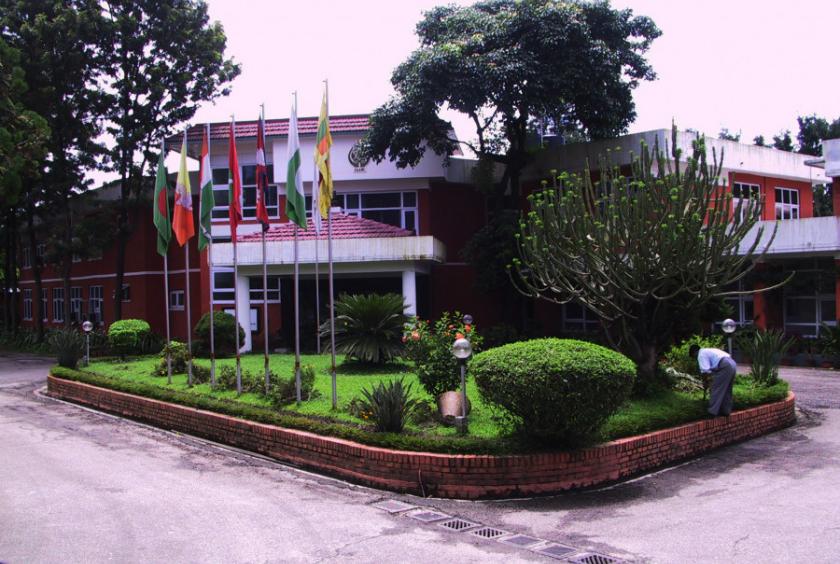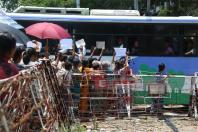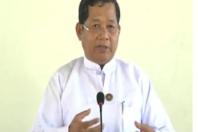
ANN/The Kathmandu Post - The South Asian Association for Regional Cooperation is comatose. For more than three years now, the regional grouping has been unable to get its members together for its 19th summit, which was to be held in Pakistan. And while countries like Bangladesh and Afghanistan were set to send lower-ranked officials or skip the conference altogether, given their differences with the host, it was India’s refusal to attend the summit to be hosted by Pakistan that put the nail in the coffin. But it would be unfair to call the postponement of the 2016 Pakistan summit—the leaders have refused to call it cancelled outright—the beginning of SAARC's becoming moribund.
In fact, the distrust and suspicion among member states means that SAARC was crippled from the start, doomed to be ineffective in solving bilateral tensions to smooth regional cooperation. As SAARC celebrated 35 years of its existence on December 8, the message from various leaders made it clear that there may be no chance of reconciliation in the near future. Indian Prime Minister Narendra Modi’s comments, of the threat of terrorism impeding the realisation of SAARC’s ‘full potential’ (Pakistan’s alleged support for cross-border terrorism being the reason India pulled out in 2016), was particularly enlightening.
The biggest challenge here is the mistrust. Even though South Asian countries share commonalities in food, culture and history, among others, the differences stand out. Even during the negotiations and diplomatic manoeuvres to establish this regional grouping, it was India and Pakistan’s suspicions of the potential negatives—India worrying about the smaller neighbours regionalising bilateral issues and Pakistan fearing a grouping dominated by India—that rendered SAARC toothless from the outset. SAARC’s very charter says that ‘bilateral and contentious issues shall be excluded from the deliberations’. And this has meant that any issues, from Kargil to Kalapani and from Koshi to Teesta, cannot be discussed, let alone resolved, by calling on other member states to mediate.
The same mistrust and suspicion has meant what could be the grouping’s greatest achievement, the South Asian Free Trade Agreement, has essentially been a non-starter. The free trade agreement, signed in 2004, has allowed each country to keep an extensive list of protected goods that act as significant barriers to trade. Intra-regional trade is a barometer to gauge economic integration, and intra-regional trade in ASEAN consistently sits at above 20 percent (22.9 percent in 2017), even as its total trade in goods keeps rising. In comparison, trade between SAFTA countries reached 7 percent of the total trade in 2017, a poor showing among neighbours who espouse connectivity and cooperation.
But as this situation drags on, the countries must self-reflect and decide whether SAARC has any future at all. India for its part, as the largest economy and greatest influencer, must change its stance to allow for more dialogue if it truly wants SAARC to realise its full potential. Nepal, as the current chair and permanent host to the Secretariat, must also voice its view clearly, and make diplomatic efforts so that SAARC can move forward. While scrapping Article X of the SAARC Charter that bars the discussion of contentious bilateral issues may be ambitious, Nepal can host secretary-level and ministerial meetings to get all states on the same page. In the end, all South Asian countries, home to 21 percent of the world’s population and accounting for 4 percent of the global GDP, must put their mistrust and suspicion behind. Otherwise, it is time for the states to call it quits on the experiment—perhaps South Asia can never achieve cooperation and integration like ASEAN and the EU have.










